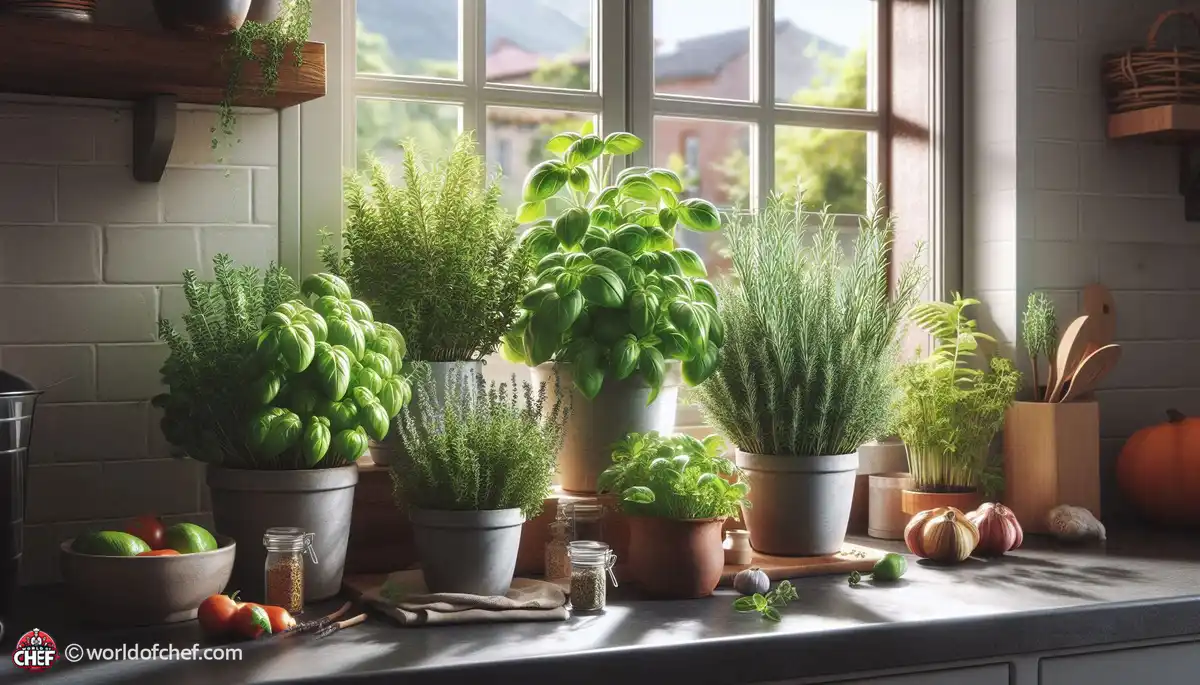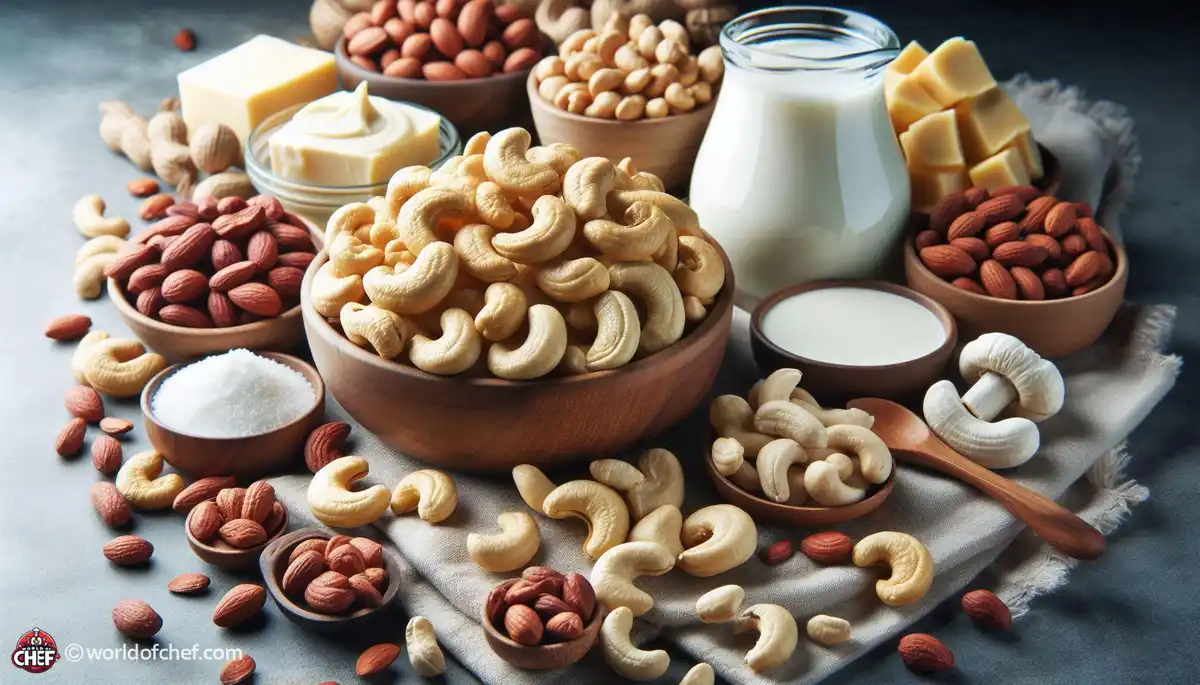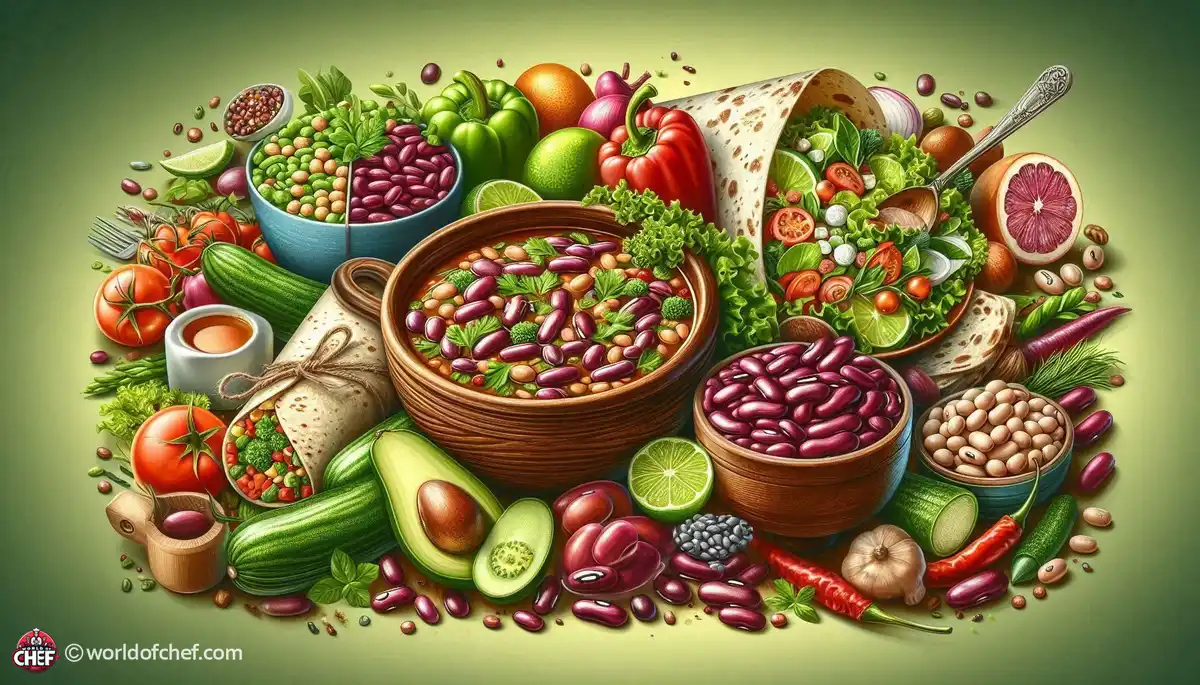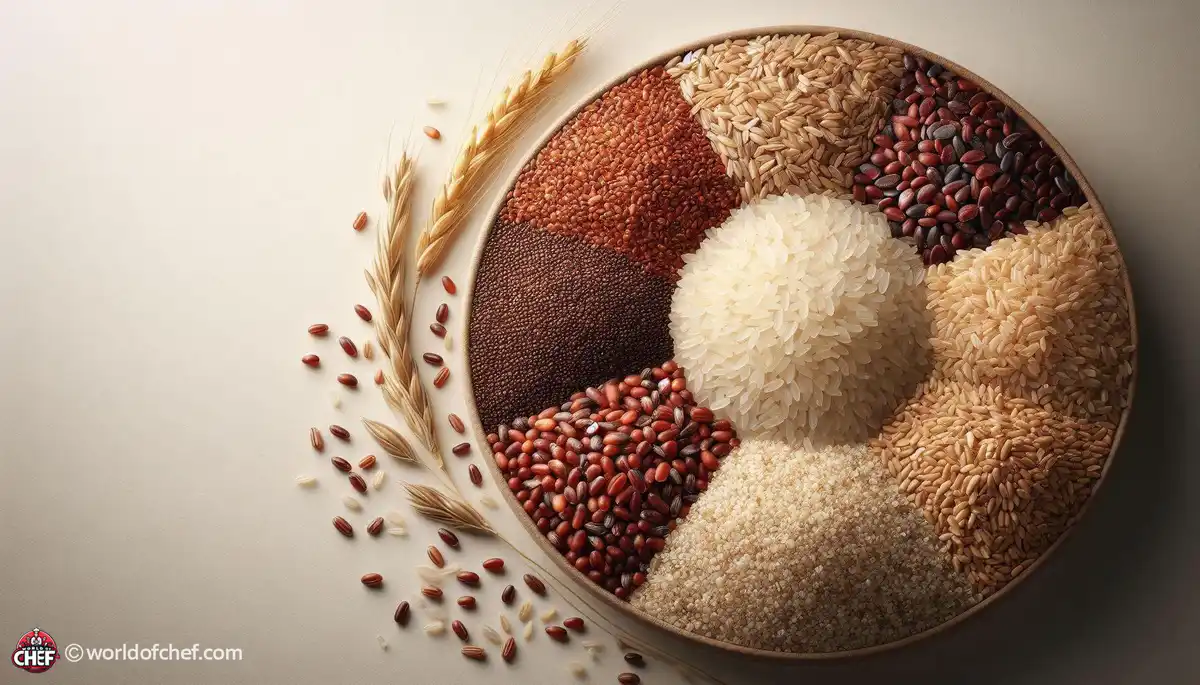
Unveiling the Power of Cruciferous Vegetables in Cancer Prevention
Eloise Jester - Mar 26, 2025 - 8 min read


First things first, finding that perfect spot for your herb garden is the first step to year-round freshness. The location must receive full sun throughout the day, which most herbs prefer, but a south-facing area in your yard or on your balcony would be just right. If you're in a place where it's extremely hot during summers, then you should have a spot that provides a little shade during the hottest hours of the day, as your herbs will begin to wilt.
Soil preparation simply means laying down a sound foundation for success in the garden. Herb, as with any plant, requires free-draining soil. Clear the land in an appropriate area of debris and weeds to make way for them. Organic matter such as compost or aged manure is to be added to enrich the nutrients present for the soil. Loose, crumbly texture, allowing easy airflow, promoting healthy roots and robust growth.
Before creating your herb garden, you will need to have the following tools. Among the most important is a quality trowel for planting and transplanting, strong handle and sharp blade so that it can easily move the soil. And there's a handheld cultivator which will be your best friend when loosening compacted soil and teasing out weeds without disturbing more delicate roots. For irrigation, have a watering can with fine rose attachment providing a dainty shower of water to not dislodge your seeds or your seedlings.
Choosing herbs to grow within your garden is a really fun job that lets you decide upon the harvest, according to your taste preferences. Look at the herbs you most often use in your recipes and also others that complement each other in flavor and growth. Probably the most common to grow are basil, thyme, rosemary, parsley, mint, and cilantro. There's nothing wrong, however with looking further into some of the other lesser-known gems like lemon balm or tarragon. Decide on your herbs to combine a mix of flavors, textures, and aromas for a boost of flavor for all your dishes throughout the year.
You can begin from seed or from seedlings; that is up to you and how much time and patience you have. If starting from seeds, of course you will feel the satisfaction and see the life cycle of the plant, but it would require more time and care. Seedlings are much easier, give you an advantage over the plant to start off with, and streamline the process, and therefore can be used effectively by new gardeners and those in a hurry. Regardless of which way you go, be sure you read through the specific plantings of each herb provided for them to get germinated as well as possibly grow well.
Taking mindful care when planting herbs will mean the difference when it comes to long term health and productivity. Be mindful of the spacing requirements provided for each herb, because crowding can impede the growth and make them vulnerable to disease. It would be perfect if they could be arranged in such a way that each has adequate space to grow, getting its share of light and nutrient supply. Digging individual planting holes enables you to loosen the soil and introduce a small amount of organic fertilizer to the roots of your herbs.
Hydration is an essential factor in the health of your herb garden, but balance is key. Over-watering causes root rot and other moisture-related issues; under-watering results in wilted, stressed herbs. Develop a watering routine that takes into account the weather, soil moisture levels, and individual herb needs. In general, deep and infrequent watering is preferred with a slight drying period in the soil between waterings, encouraging health in roots.
Like a balanced diet nourishes our bodies, nutrient-rich soil is the key to healthy herb growth. Give your soil regular injections of organic matter like compost or aged manure to replenish vital nutrients, giving structure to the soil. Conducting regular soil tests, which you can do to determine the soil pH and nutrient deficiencies, will help you adjust your fertilizer regime. In addition, crop rotation will prevent the depletion of nutrients in the soil and reduce the danger of diseases that are soil-borne, keeping your herb garden alive and growing every season.
With due diligence, you may face some pests and diseases against your herb garden that would spoil the fresh harvest at any time of the year. Know the common culprits like aphids, spider mites, and powdery mildew and the telltale signs of infestation or infection. It can help you monitor the plant at regular intervals and prevent severe issues by detecting the issue at the early stage and intervening accordingly.
Whenever pests or diseases strike, using natural approaches can quickly rebalance the scales of your herb garden without any reliance on poisonous chemicals. Add beneficial insects such as ladybugs or lacewings to devour pest populations or enlist companion plants famous for their properties of deterring pests. Neem oil, insecticidal soap, and homemade botanical sprays can be helpful allies against common garden pests without too much damage to beneficial organisms and the environment.
Harvesting herbs at the right time and in the right way will ensure that your cooking is always flavored optimally and fresh. Harvest herbs during the morning when the oil in the herb is highest but after the dew will not have a problem with mildew or mold. For cut herbs, use scissors or pruners cut near a leaf node that promotes leafing out, an extended harvest time and more foliage. Always limit harvest to no more than one third of the plant to allow the plant to continue its cycle of life.
Extend the fun of your herb harvest far beyond the growing season by learning about some preservation techniques that lock in flavor and nutrients for months to come. Drying herbs is a classic method that retains their aromatic quality and keeps them at hand for use in soups, stews, and sauces. You can freeze herbs in oil or water to preserve all their vibrant color and flavor or infuse them into vinegars or salts to create culinary experimentation. Utilizing the power of preservation will allow you to have a taste of your herb garden all year round.

Eloise Jester - Mar 26, 2025 - 8 min read

Wayne Tobar - Mar 23, 2025 - 6 min read

Harold Turcios - Mar 19, 2025 - 7 min read

Nevaeh Zeng - Mar 16, 2025 - 6 min read